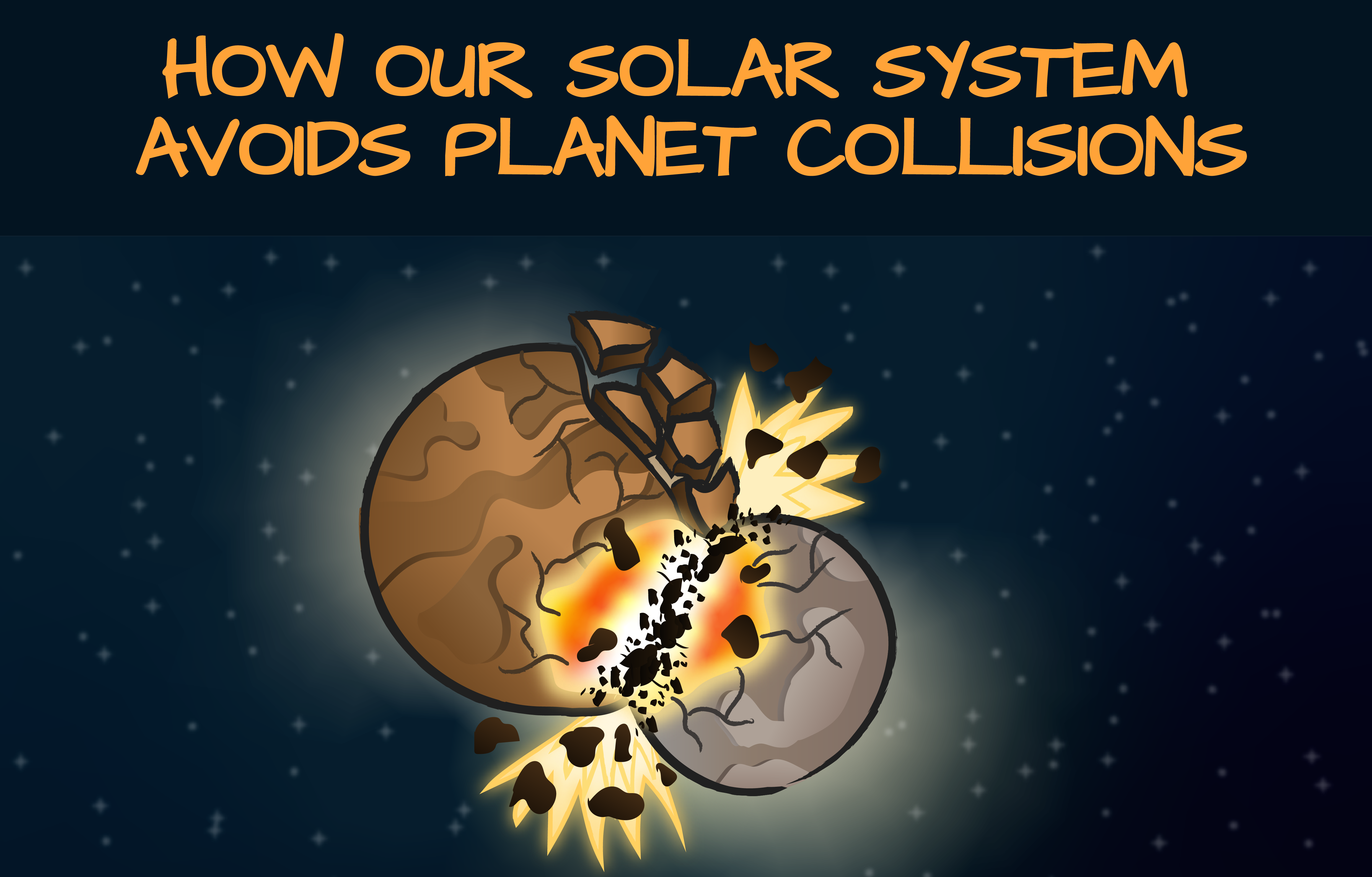The long-term motion of the planets in the Solar System is a long-standing problem that dates back to Newton’s formulation of the universal law of gravitation.
Jacques Laskar, CNRS senior researcher at Observatoire de Paris – PSL in the Institut de mécanique céleste et de calcul des éphémérides (CNRS, Observatoire de Paris - PSL, CNRS, Sorbonne Université, Université de Lille) discovered in 1989 that the planet motion is chaotic on a timescale of 5 million years and becomes unpredictable beyond 60 million years.
In 2008, Jacques Laskar showed that the probability of a collision between the inner planets (Mercury, Venus, Earth and Mars) is only 1% over the next 5 billion years, a timescale comparable to the age of the Solar System.
Two years ago, Federico Mogavero, post-doctoral fellow at the Observatoire de Paris - PSL within the IMCCE and Jacques Laskar showed that the typical time to wait for a catastrophic event is in fact much longer than the age of the universe
So what makes the inner planets of the Solar System so stable ?
The researchers at the Observatoire de Paris – PSL and CNRS, in IMCCE, propose a framework that justifies this remarkable stability. They show that the long-term motion of the inner planets is described by a hierarchy of timescales ranging from 5 to 500 million years.
Three symmetries characterise the strongest planetary interactions responsible for the orbital chaos. These symmetries are broken by weak resonances, leading to the existence of quasi-conserved quantities that represent the slowest variables of the dynamics. A principal component analysis of the numerical simulations confirms these results.
The stability of the inner planets over the lifetime of the Solar System naturally emerges from the constraints that the quasi-conserved quantities exert on the chaotic variations of the orbits.

Around this discovery :
Resources published on Physics, the online magazine of the American Physical Society :
| ◾ Scientific news “The Final Piece in the Solar System-Stability Puzzle ? ”Katherine Wright, Deputy Editor of Physics Magazine, 3 mai 2023, Physics 16, 72. | |
| ◾ Point of view “Tackling the Puzzle of Our Solar System’s Stability” Daniel Tamayo, Department of Physics, Harvey Mudd College, Claremont, California, 3 mai 2023, Physics 16, 57. |
|
| ◾ Special feature illustrated in comics "How Our Solar System Avoids Planet Collisions" Laura Canil et Michael Schirber, 3 mai 2023, Physics 16, 73. |
Reference
“Timescales of Chaos in the Inner Solar System : Lyapunov Spectrum and Quasi-integrals of Motion” par Federico Mogavero, Nam H. Hoang et Jacques Laskar, dans la revue Physical Review X en date du 3 mai 2023.
DOI : https://doi.org/10.1103/PhysRevX.13.021018
This study was supported by a grant from the French National Research Agency (AstroMeso ANR-19-CE31-0002-01) and by the European Research Council (ERC) in the framework of the Horizon 2020 program (Advanced Grant AstroGeo-885250).




